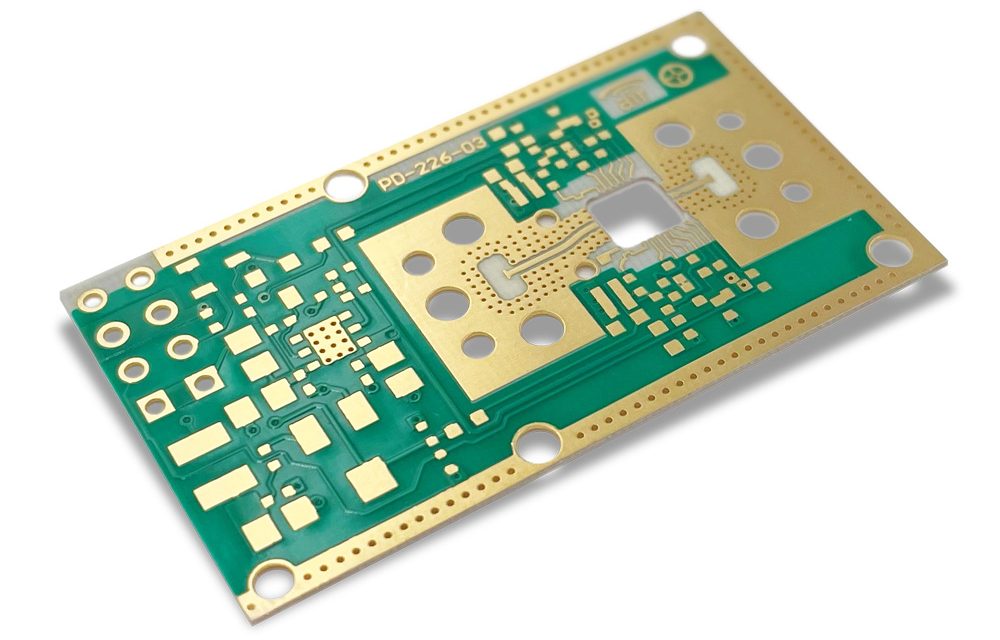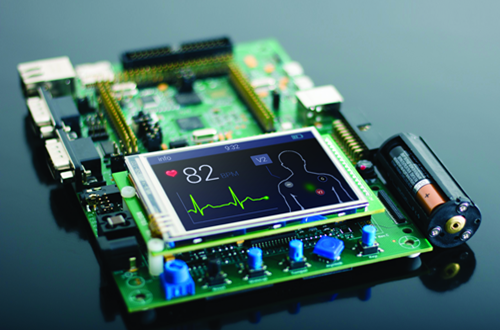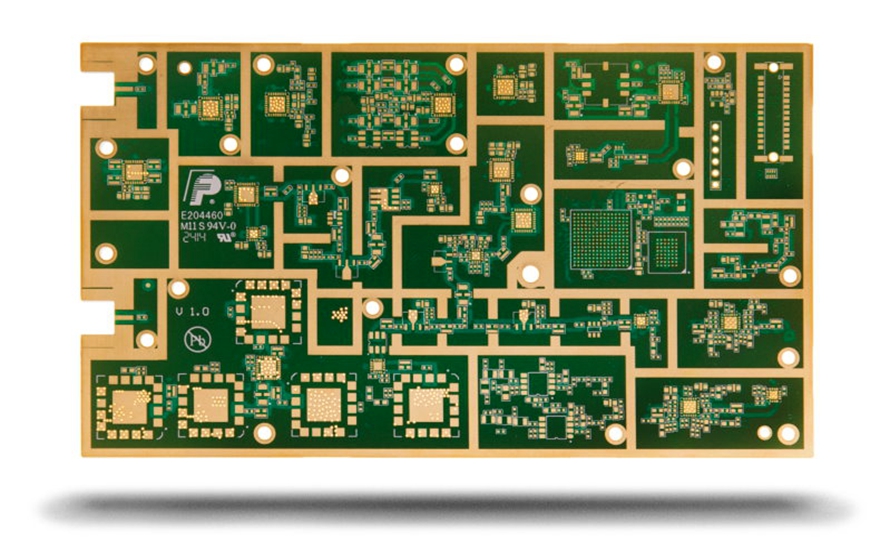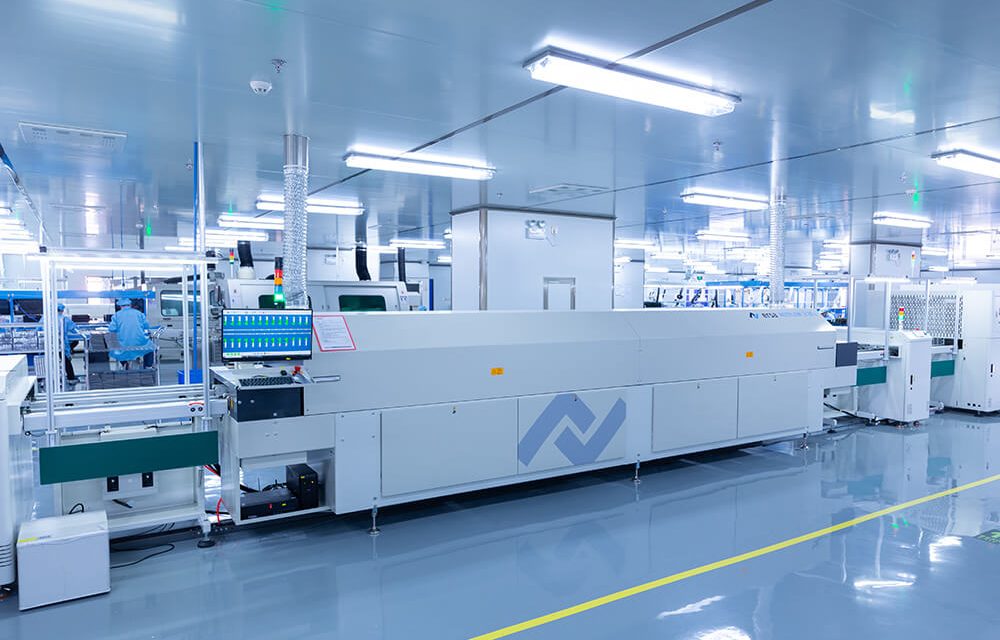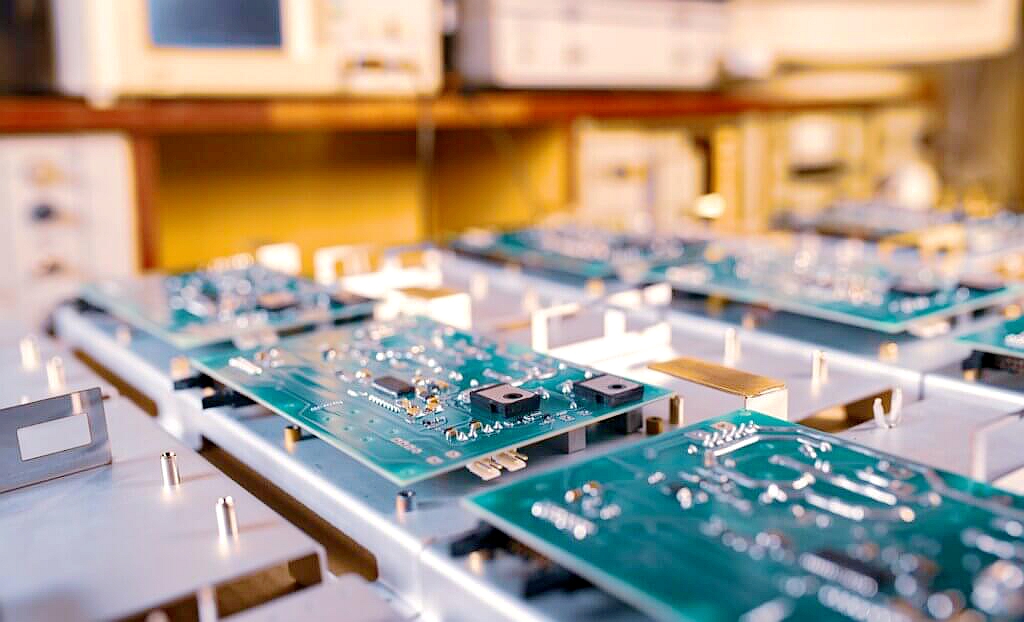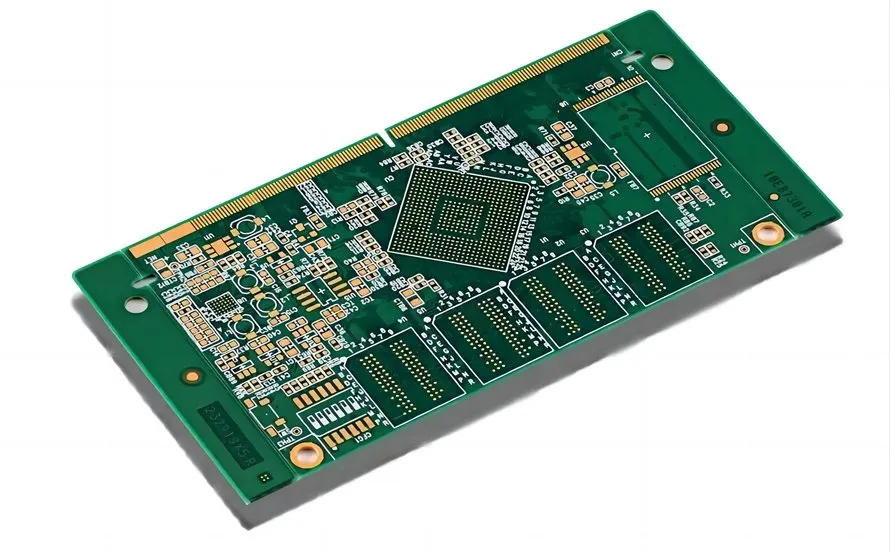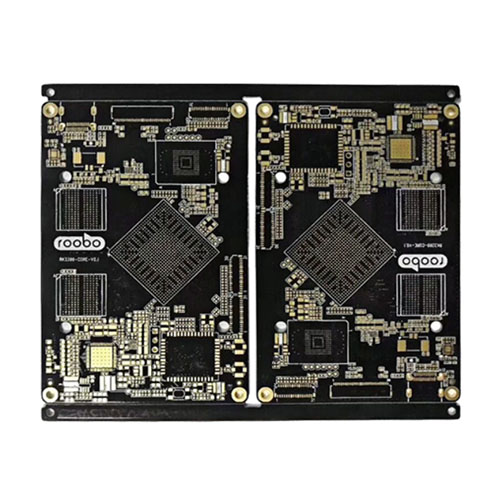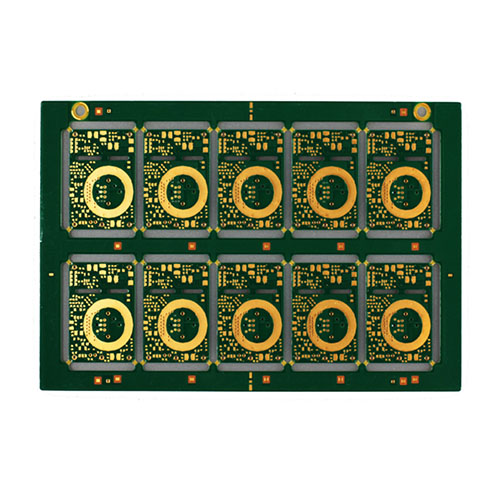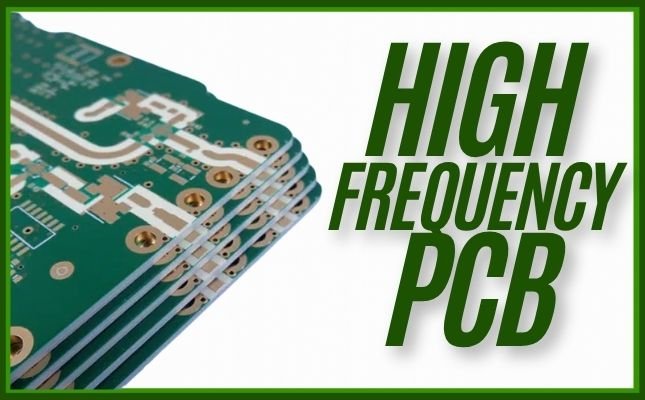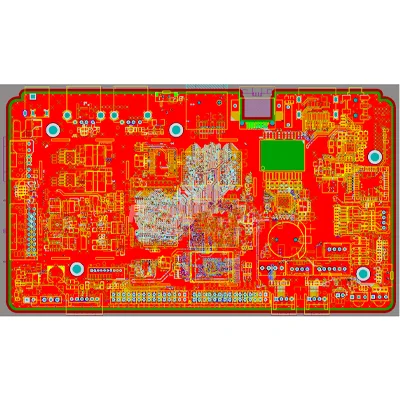At KKPCB, we specialize in advanced PCB manufacturing for RF, microwave, and high-speed digital applications, where performance, consistency, and manufacturability are paramount. Among the wide range of high-frequency materials we process, Rogers RO4003C™ laminates stand out as one of the most balanced solutions — combining excellent electrical performance, mechanical stability, and cost-effectiveness. Exceptional Material Composition...
Blog
Explore the KKPCB Blog for the latest PCB manufacturing and assembly news, industry insights, expert tips, and technology trends, helping you stay informed and optimize your electronics projects.
PCB Design for IoT Devices — Challenges and KKPCB Solutions for Compact, Efficient Boards As the Internet of Things (IoT) reshapes industries—from consumer electronics and healthcare to agriculture—printed circuit boards (PCBs) play a central role in enabling intelligent connectivity. Designing PCBs for IoT devices requires precision, innovation, and balance: compact size, power efficiency, signal integrity,...
Introduction to Commonly Used Low-Loss PCB Materials As high-frequency and high-speed electronic designs become increasingly dominant, low-loss PCBs have become the cornerstone of reliable RF, microwave, and high-speed digital systems. These circuit boards are engineered to minimize signal attenuation, power loss, and distortion, ensuring stable performance even at gigahertz-level frequencies. At KKPCB, we specialize in...
1. Executive summary RO3003 (Rogers RO3000 series) is a PTFE-based, ceramic-filled laminate widely adopted where low dielectric loss, stable Dk, and excellent dimensional stability are required. This article explains why RO3003 is often the substrate of choice for automotive radar (e.g., 24 GHz, 77 GHz) and 5G mmWave antenna systems (e.g., 24–40 GHz), then walks...
1. Introduction In the field of high-frequency PCB manufacturing, PTFE-based materials such as Rogers RO3003 and RO4350B are widely used for their low dielectric loss and stable electrical performance.However, the lamination process for PTFE-based high frequency PCBs is more complex than standard FR4 due to PTFE’s unique mechanical and chemical properties.This article summarizes key lamination...
1. Introduction As radar and wireless communication move into the 24GHz spectrum, selecting the right high-frequency PCB material becomes one of the most critical design decisions.Among the top contenders, Rogers RO3003 and RO4350B stand out for their reliable electrical performance and widespread industrial use. At KKPCB, our engineering team has extensive experience fabricating both RO3003...
1. KKPCB Rogers RO3003 Introduction Rogers RO3003 is a high-frequency PCB laminate engineered for applications demanding stable electrical performance, low loss, and excellent thermal reliability.It belongs to the Rogers RO3000™ Series, widely used in automotive radar, 5G modules, satellite communication, and RF front-end systems. Unlike conventional FR4, which shows high dielectric variation and loss at...
Blind and Buried Vias in PCB Design — Structure, Function, and Manufacturing Insights As the miniaturization of electronic components continues to accelerate, PCB designs must accommodate finer pitch components and higher circuit densities, especially in advanced mobile, communication, and computing applications. One of the critical technologies enabling this evolution is the use of blind and...
The Fascination of High-Frequency PCBs — Part 1: Engineering Precision and Key Success Factors In today’s fast-moving digital world, speed is everything. From radar and satellite communication to 5G infrastructure, sensors, and medical electronics — high-frequency (HF) and microwave (MW) circuits define the backbone of wireless innovation. At KKPCB, we have spent years refining our...
RF PCBs – Advanced Radio Frequency Printed Circuit Boards RF (Radio Frequency) and Microwave (MW) PCBs are essential in today’s wireless technologies — from handheld medical and industrial devices to advanced radar, communication base stations, and global positioning systems. At KKPCB, we collaborate closely with your design and engineering teams to ensure that both cost...

